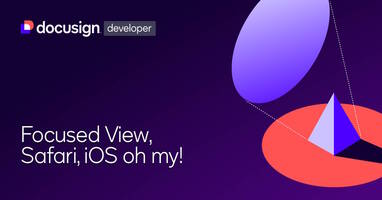
Today's interconnected commercial landscape offers countless ways for
human resources teams to seamlessly connect with current employees and
new applicants. With the push (or click) of a button, modern HR professionals
can send offer letters, distribute onboarding paperwork or update the employee
base about benefits. But it wasn't always that easy. These seamless, secure
modern transactions are not simply the result of innovative companies that have
created brilliant innovations. As digital technology exploded in the new millenium,
key legal guidelines have been at the center of that evolution, ensuring that
technology used in digital business transactions meets appropriate criteria.
June 30, 2020 marked the 20th anniversary of the Electronic Signature in
Global and National Commerce Act (ESIGN) in the U.S. Before ESIGN
established the validity of electronic signature, HR transactions required
ink-and-paper signatures to finalize agreements. Just 20 years ago, the only
way to collect signatures on these documents was to set up in-person meetings
or construct a hodgepodge signature process involving expensive physical mail,
fax machines, printers, scanners and photocopiers.
The passage of ESIGN eliminated doubt about the legality and acceptance
of electronic signature. ESIGN paved the way for DocuSign and others to build
cutting-edge business tools to create more efficient workflows. Milestones
like this one are an opportunity to celebrate how far commercial technology
has come and how organizations and customers benefit from faster, more
connected systems.
In this ebook, we'll examine a highlight reel of leading HR teams using electronic
signature tools to improve companywide morale and give employees a better
experience. As you read through, think of the ways your organization could
benefit from an improved agreement process today and imagine the exciting
improvements that will come in the future.




